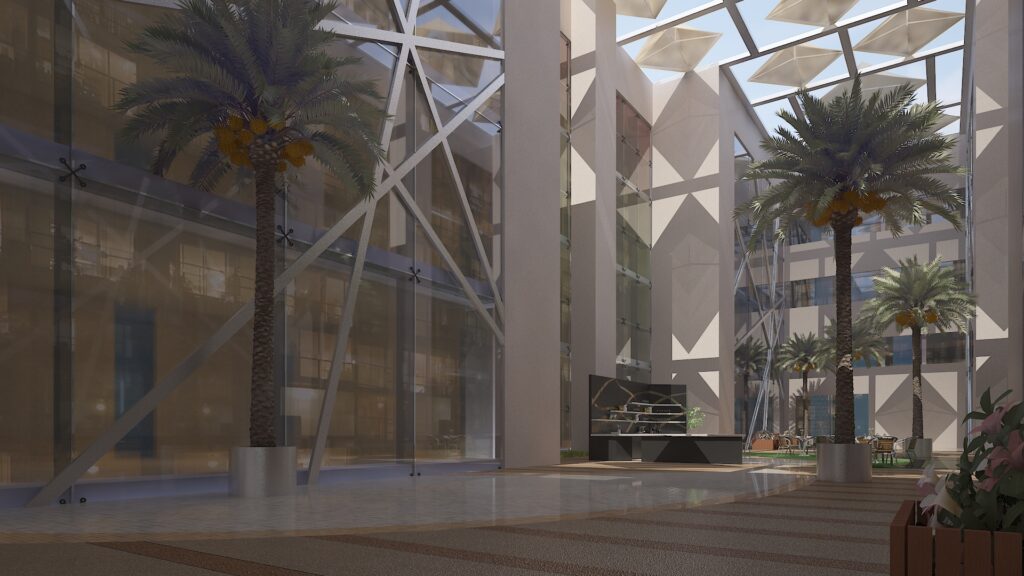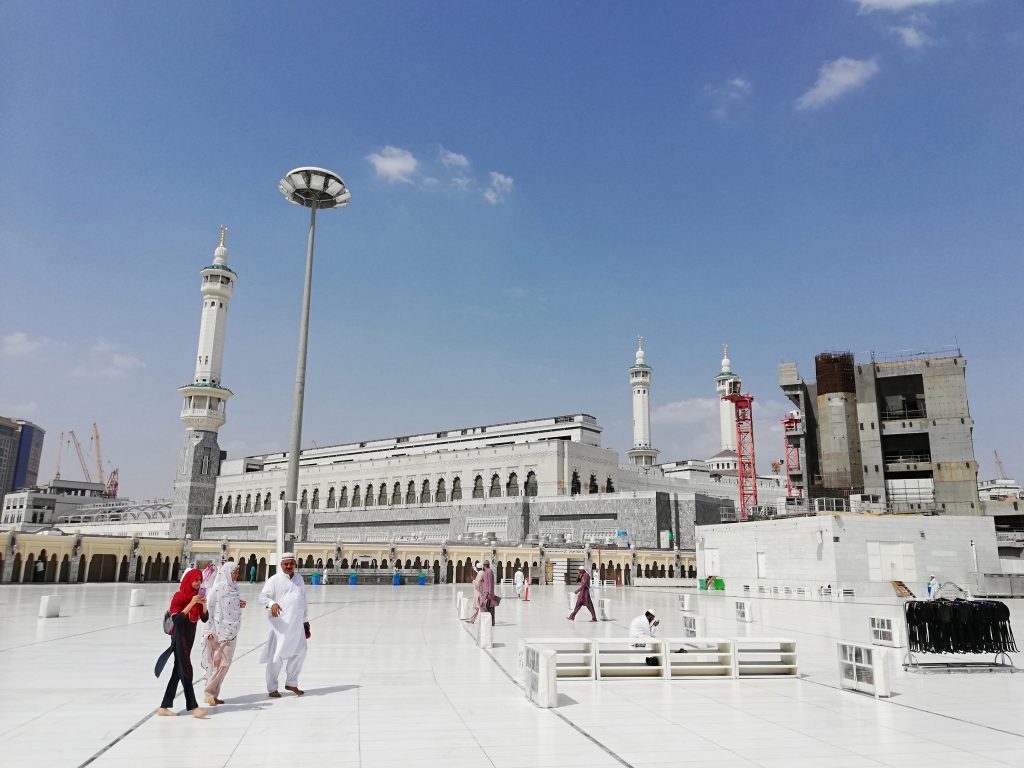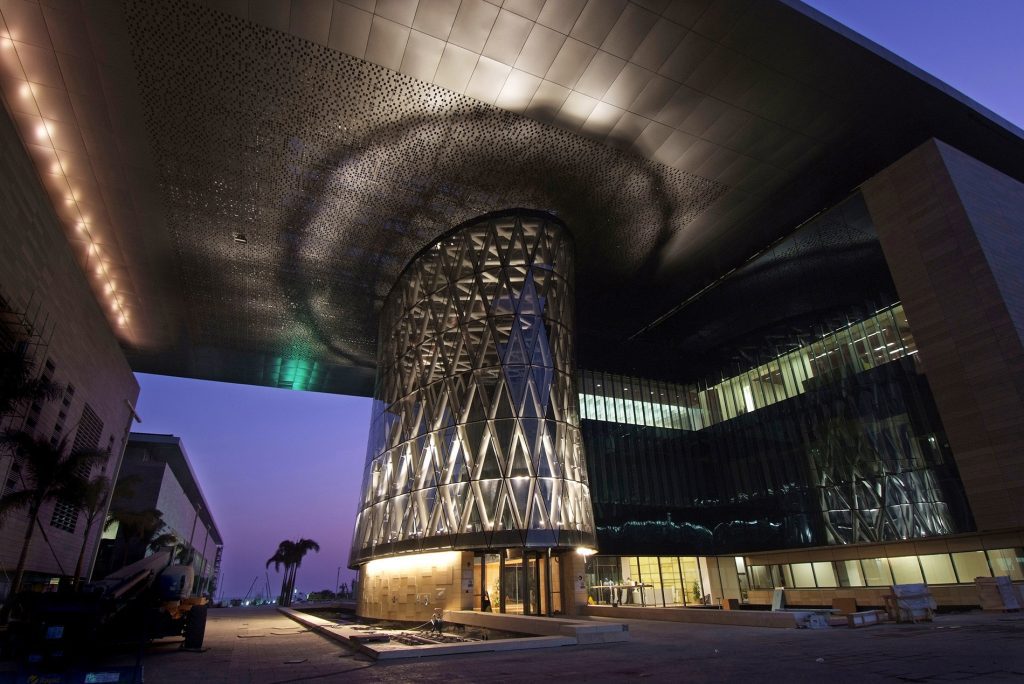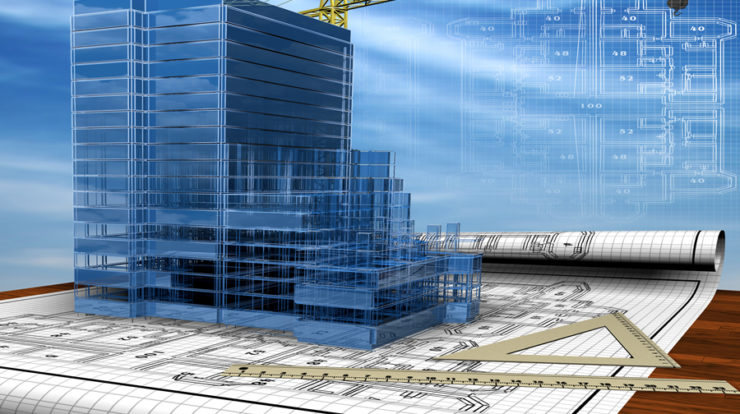The Role of Art in Architecture: Exploring the Intersection of Artistic Elements and Building Design
The Role of Art in Architecture: Exploring the Intersection of Artistic Elements and Building Design
Architecture and art have a long-standing relationship that has influenced each other profoundly. The built environment has been significantly shaped by the incorporation of artistic aspects into architectural design, which has resulted in the creation of spaces that connect with cultural identity and aesthetic appeal. In this article, we explore the relationship between art and architecture, concentrating on how sculpture, murals, and other creative features are included into architectural plans. We examine the connections between art and architecture, emphasising how these two disciplines can work together to create works of art that are both significant and visually appealing.
Historical Analysis: The Interplay Between Art and Architecture
The relationship between art and architecture has been harmonious throughout history, from the earliest civilizations to the present. Ancient sculptures, reliefs, and magnificent murals graced the structures of the architectural wonders of Egypt, Greece, and Rome. These creative components functioned as manifestations of various cultural, religious, and historical tales in addition to enhancing the visual appeal. In historical contexts, the combination of art and architecture developed into a potent medium for communicating societal ideals, aesthetics, and inventiveness.
Cultural Expression in Contemporary Architecture
The incorporation of art continues to have a profound cultural impact on modern architecture. Saudi Arabia welcomes this relationship between art and architecture because of its rich cultural legacy and artistic traditions. Sculptural installations, murals, and other kinds of art are increasingly being included into building design by architects and designers, fostering a dialogue between the built environment and the national identity. The artistic components give architectural projects a depth of cultural relevance that appeals to both residents and visitors by acting as visual representations of Saudi Arabian heritage, customs, and values.


The Impact of Sculpture in Architecture
One of the most noticeable and influential art forms incorporated into building continues to be sculpture. Incorporating sculptures into structures and public areas can produce strong focal points that grab attention and stir feelings. Sculptures have the power to forge a bond between the observer and the built environment, promoting interaction and reflection. In Saudi Arabia, sculptures influenced by historical patterns, Islamic calligraphy, or natural materials are frequently used to give modern architectural projects a feeling of cultural identity. These sculptures serve as iconic representations of the nation’s cultural and aesthetic history.
The Significance of Murals in Building Design
As a popular artistic medium, murals have grown in popularity as a way to improve the aesthetic appeal of architectural areas. Walls inside or outside can be embellished with these large-scale paintings or decorative patterns, turning them into colourful canvases. Murals have the ability to share social messages, tell stories, and honour regional heritage. Murals frequently feature traditional motifs, historical occasions, or cultural icons in Saudi Arabian architecture, creating a visual story that reflects the nation’s rich cultural fabric. Murals enhance architectural spaces while also strengthening ties to the neighbourhood because they speak to common cultural experiences.
Artistic Elements as Public Engagement
Beyond their aesthetic value, artistic elements in architecture can also serve as catalysts for public engagement. Sculptures, murals, and other art forms create focal points that attract visitors and encourage interaction. Public spaces adorned with art become gathering places, fostering a sense of community and cultural pride. Saudi Arabian architects are increasingly recognizing the potential of art as a tool for placemaking and are incorporating interactive sculptures, street art, and installations that engage the public and create memorable experiences within the built environment. By incorporating art into public spaces, architecture becomes more inclusive and accessible to a diverse audience.

Creating Harmonious Environments through Art
Architecture that incorporates art seeks to create places that are harmonious and resonate with their surroundings, going beyond simple adornment. The forms and colours of the natural landscape can be complemented by artistic features. Additionally, they can communicate with nearby structures to forge a coherent visual language. Architects in Saudi Arabia, where urban development is booming, are conscious of the need to design structures that smoothly integrate with the local environment and urban fabric. By incorporating art into their plans, architects help to create spaces that are aesthetically pleasing and attentive to their surroundings, so enhancing the urban fabric.
Sustainable Art in Architecture
The sustainability of an architectural design is influenced by art. In their art installations and building designs, several architects and artists are experimenting with the use of sustainable practises, renewable energy sources, and eco-friendly materials. Environmental awareness and conservation-focused creative aspects are becoming more popular in Saudi Arabia, where sustainability is a significant concern. Murals depicting natural landscapes, installations made from recycled materials, and solar-powered sculptures all encourage environmental care and help create a more sustainable built environment.
Preserving Cultural Heritage through Artistic Elements
Architectural artistic features are essential for protecting and honouring cultural heritage. The incorporation of art can be used as a way to respect the past and ensure its continuity in Saudi Arabia, a country with a rich history and many different cultural traditions. Building initiatives that use traditional crafts, motifs, or aesthetic methods honour the nation’s cultural history. Architects achieve a harmonic balance between the old and the new, retaining cultural identity while embracing development, by fusing conventional components with modern architectural principles.
Artistic Interpretations of Space and Form
Architecture can incorporate art in more complex ways than just by adding murals and sculptures. It incorporates the aesthetic interpretation of form and space, where architects use their imagination to create distinctive structures that are visually arresting. Saudi Arabian architects are able to produce iconic structures that turn into works of art by experimenting with novel design ideas and pushing the limits of conventional architectural conventions. These architectural marvels, which range from the iconic Kingdom Centre in Riyadh, whose distinctive design was influenced by Islamic geometry, to the breathtaking King Fahd Fountain in Jeddah, which combines technology and artistry, are proof of the transformative power of art in influencing the built environment.


Art as a Catalyst for Emotion and Inspiration
Architectural artistic features have the power to move and inspire onlookers. The amazement, fascination, or even reflection that sculptures, murals, and other artistic interventions can evoke. Saudi Arabian architects can improve the overall user experience and create immersive settings that leave an impression on visitors by carefully situating art installations within architectural spaces. These aesthetic components have the capacity to arouse emotions and connect people to the spaces they live, whether it be a provocative sculpture in a public square or an alluring mural in a building lobby.
Artistic Collaborations and Community Engagement
Collaborations involving architects, artists, and local communities are frequently used to incorporate art into architecture. Saudi Arabian architecture businesses have the chance to showcase local talent and include genuine artistic expressions in their designs by working with local artists. As they see their cultural heritage and artistic traditions reflected in the built environment, collaborations with artists can help instil a sense of pride and ownership in community members. These partnerships produce a symbiotic link between art, architecture, and the neighbourhood, improving Saudi Arabia’s cultural landscape and producing buildings that speak to their occupants.
Artistic Elements as Brand Identity
Architectural artistic features can act as a defining characteristic of a brand or institution in addition to their aesthetic and cultural importance. For instance, using distinctive sculptures or murals in corporate offices, museums, or educational facilities can add to their character and make an enduring impression on visitors. Saudi Arabian architectural firms are aware of the significance of developing enduring architectural experiences that mirror the ideals and goals of their clients. Architects can assist their customers in developing a distinctive brand identity by incorporating art into their projects, which also strengthens their message and fosters a feeling of place.
Embracing Innovation and Technological Advancements
Traditional creative mediums are not the only ones that can be incorporated into building. Technology has given rise to new possibilities for integrating multimedia experiences, interactive exhibits, and digital art into architectural settings. Saudi Arabian architects such as HYKAL, are leading the way in adopting these advances, including interactive digital displays, LED screens, and projection mapping to create dynamic and immersive spaces. These developments in technology open up countless opportunities for artistic expression through enhancing flexibility, adaptability, and originality in the incorporation of art into architecture.
Conclusion
The function of art in architecture is multidimensional, embracing aspects on the levels of aesthetics, culture, and society. Contemporary architecture in Saudi Arabia has increasingly included sculpture, murals, and other creative aspects into building designs. Saudi Arabian architects combine art and architecture to produce visually stunning spaces that reflect the nation’s cultural heritage, engage the general public, and support the creation of built environments that are sustainable and contextually aware. The incorporation of art into architecture demonstrates the inextricable link between imagination, culture, and the built environment, boosting Saudi Arabia’s aesthetic appeal and enhancing its cultural diversity. A harmonious balance between aesthetic expression and practical design is achieved with each new architectural project, and art continues to create the narrative and identity of Saudi Arabian architecture. The fusion of art and architecture remains an ever-evolving and transforming journey that enhances our built environment and cultural legacy as we continue to explore new possibilities.



